Supply Chain Report – 10/06/2025
The International Monetary Fund (IMF) is presenting a mixed outlook on global inflation as higher tariffs continue to shape economic conditions. While some countries are seeing price pressures rise, others are experiencing weaker demand that is keeping inflation muted.
IMF spokesperson Julie Kozack addressed reporters on Thursday, noting that the global economy has demonstrated resilience so far in the face of tariff uncertainty. She explained that many companies in the United States and other economies that have raised tariffs have absorbed a significant portion of the higher costs. At the same time, demand has slowed in major exporting nations such as China, where reduced international appetite for goods has kept inflation relatively subdued.
“We see global growth in the first half of the year having held steady, but we are starting to see signs of a slowdown globally now,” Kozack said. “With respect to inflation, what we see globally is a bit of a mixed picture.”
Kozack highlighted that while tariffs have contributed to higher core inflation in the United States, headline inflation has risen faster in countries such as the United Kingdom, Australia, and India. In contrast, inflationary pressure in China and some other Asian economies remains muted, in large part because their export demand has been affected by tariff measures. She added that many firms in the United States are still absorbing some of the tariff costs rather than passing them fully on to consumers. However, she cautioned that this situation might not last indefinitely.
The IMF is preparing to release its next World Economic Outlook on October 14, which will include further analysis of how tariffs are influencing the U.S. economy and global price pressures. The institution’s annual “Article IV” review of U.S. economic policies, scheduled for November, is also expected to provide a deeper examination of these trends.
Kozack noted that the Federal Reserve’s decision to cut its benchmark interest rate in September was supported by signs of a softening labor market and by inflation moving closer to the central bank’s target. Still, she said the Fed must continue to monitor economic indicators closely because upside risks to inflation remain possible.
When asked about the partial U.S. government shutdown that began on Wednesday, Kozack explained that the IMF is still evaluating its potential effects. She emphasized that the actual economic impact would largely depend on how long the shutdown lasts and how it is implemented. “We certainly hope that a compromise can be found to ensure that the federal government remains fully funded,” she said.
The IMF’s comments come at a time when policymakers around the world are grappling with the complex effects of tariffs. While some businesses are shielded by absorbing additional costs, others are facing challenges from increased import prices and shifting trade flows. For countries where demand has weakened, lower inflationary pressures may bring temporary relief to consumers but also signal broader economic slowdowns.
Economists have warned that the global economy could be entering a period of prolonged uncertainty if tariffs continue to expand across sectors. The IMF’s upcoming reports are expected to shed light on whether current trends point toward stabilization or whether risks are building that could affect growth and investment in the months ahead.
#SupplyChainNews #GlobalEconomy #InflationTrends #TariffImpact #NewsUpdate

















